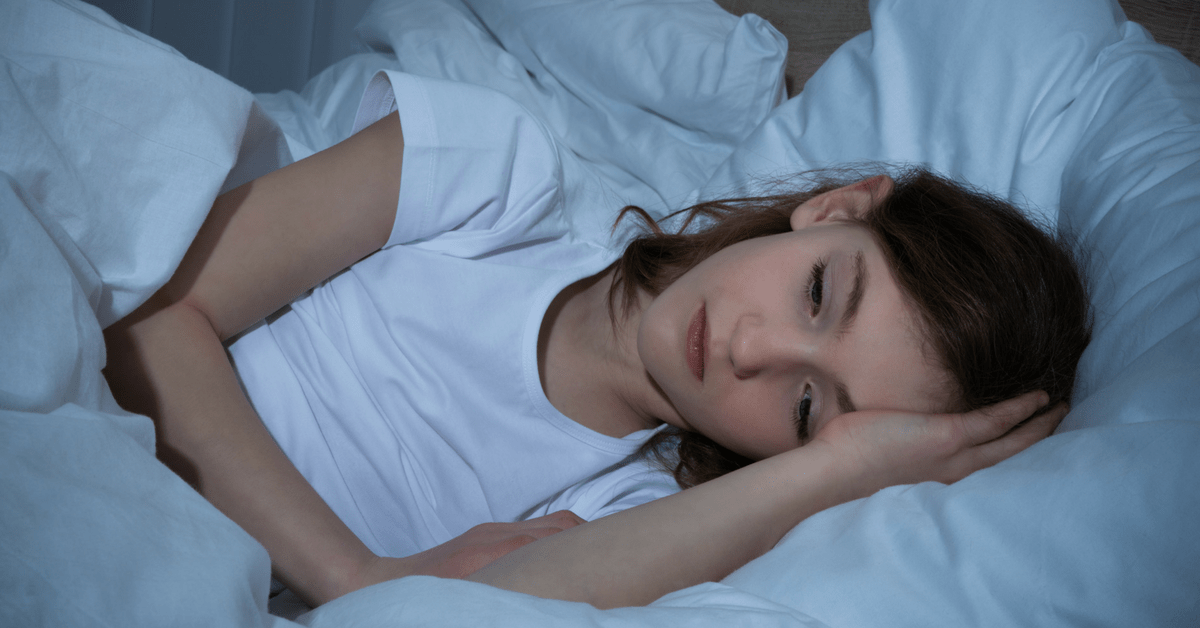
From the Journal: Pediatric Headache and Sleep Disturbance: A Comparison of Diagnostic Groups
Searching for the relationship between pediatric headache and children’s sleep patterns
Headache is the most common pain complaint in the pediatric population, with up to 58.4 percent of children and adolescents suffering from headache at one point in their lifetime. For many children and adolescents with headache, sleep disruption is also an issue, and each of these conditions in isolation has been known to worsen the other. A new study published in Headache sought to confirm if there was a bidirectional relationship between headache and poor sleep, with headache negatively impacting sleep and vice versa, to better inform our understanding of headache in children and to better inform treatment planning.
In addition to sleep interruption exacerbating headache symptoms, insufficient sleep poses more functional and developmental challenges for youth compared to adults, amplifying the importance of understanding how sleep and pediatric headache interact. Yet one limitation of the available research into the relationship between head pain and sleep disruption in children and adolescents is that it has largely only been conducted on youth with migraine, with little to no research into the relationship between sleep and other types of headache like tension-type headache or new daily persistent-headache. This new study, “Pediatric Headache and Sleep Disturbance: A Comparison of Diagnostic Groups” by Jonathan Rabner, MA, and colleagues sought to close that gap, hoping to isolate the potential link between sleep disorders and other headache diagnoses from migraine and from other factors that interrelate with sleep disruption, including anxiety and depression.
To complete this study, researchers conducted a retrospective chart review of 527 patients ages 7-17 years with a primary headache diagnosis of migraine, tension-type headache and new daily persistent headache. Patients were asked to complete a measure of their disability, anxiety and depression symptoms, and their parents were asked to complete measures of the subjects’ sleep disturbance. The results found that sleep disturbance was more common in patients with tension-type headache and new daily persistent headache than migraine, underlining the blind spot into non-migraine headache in previous studies of pediatric head pain and its effects.
Further findings include a significant association between greater sleep disturbance and higher levels of functional disability, anxiety and depression, and a correlation between greater sleep disturbance and higher pain levels in patients with tension-type headaches, but not in other headache groups.
The study concluded that the assessment of sleep problems in pediatric patients with chronic headache is an essential component of treating the disease and its effects. Additionally, the study’s author called for increased consideration of several contextual and headache diagnostic factors influencing the severity of sleep disturbance in children and adolescents moving forward.
The American Headache Society is committed to keeping its members up to date on the most innovative and meaningful advancements in the realm of headache medicine. One of many initiatives to support that mission is our publication of Headache: The Journal of Head and Face Pain, published ten times per year, which highlights the latest findings in the realm of headache medicine research. Our “From the Journal” series offers a preview of some of the groundbreaking work detailed in Headache. Enjoy access to the full catalogue of content plus a print subscription included with an American Headache Society Membership. Click here to become a member today.


